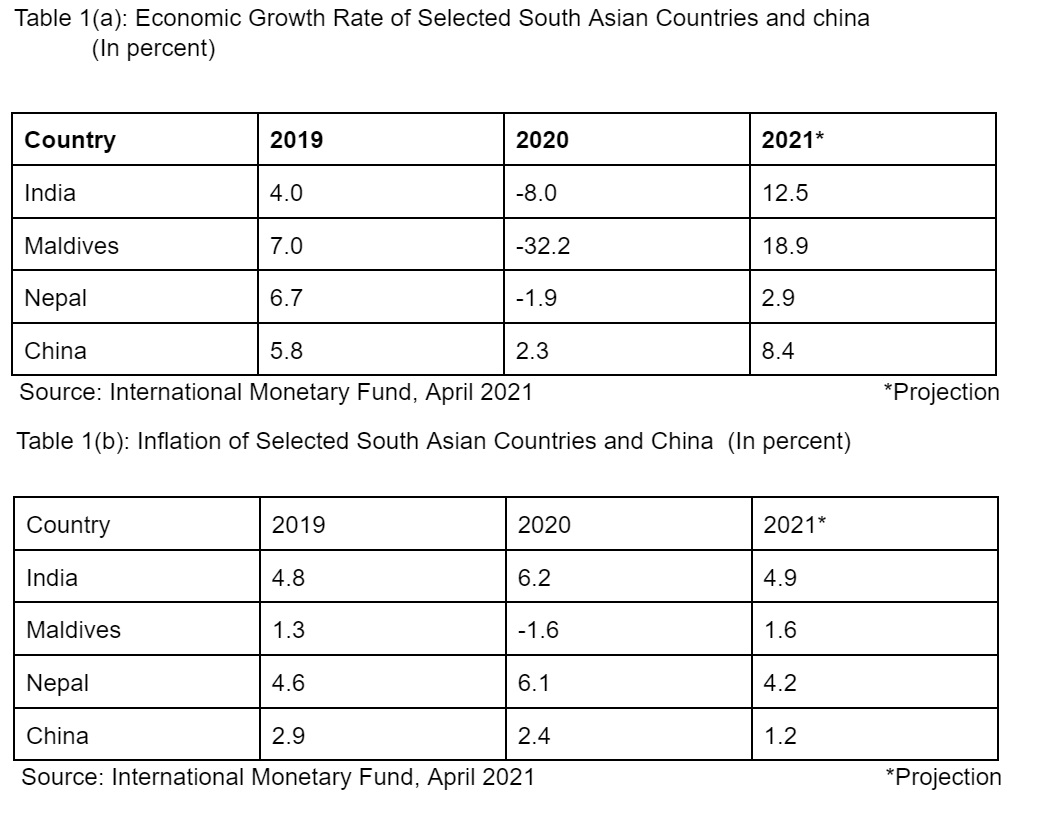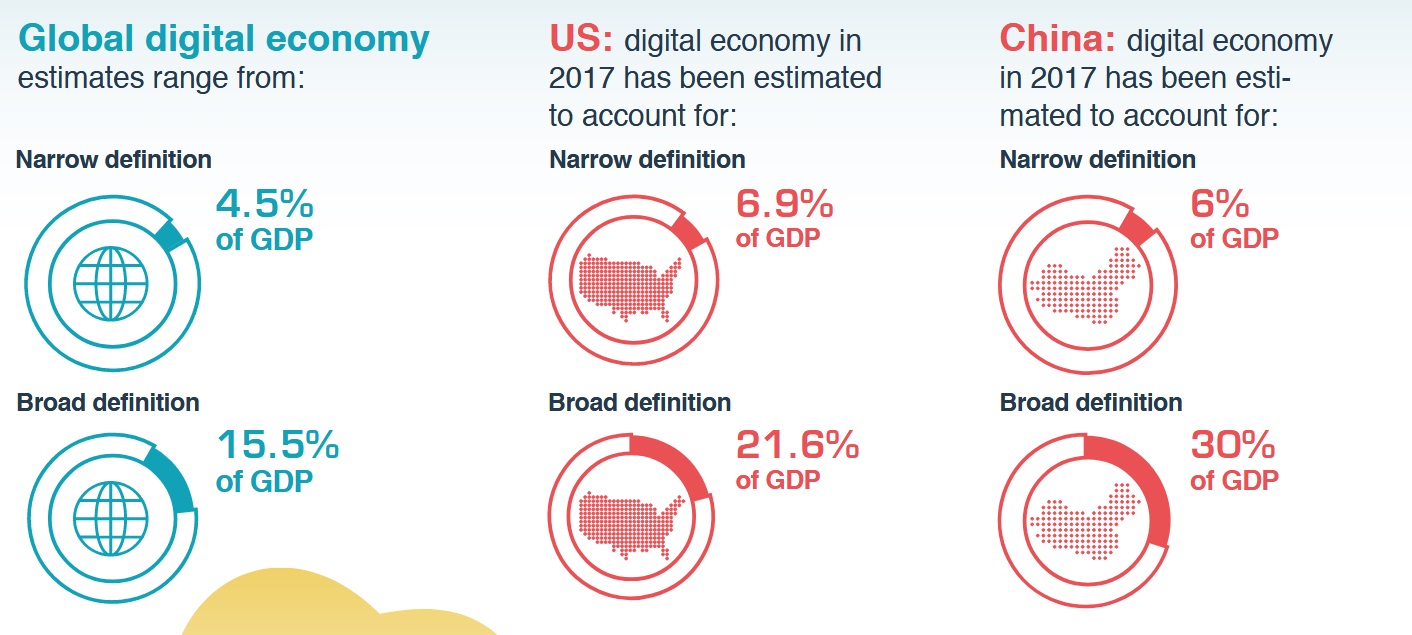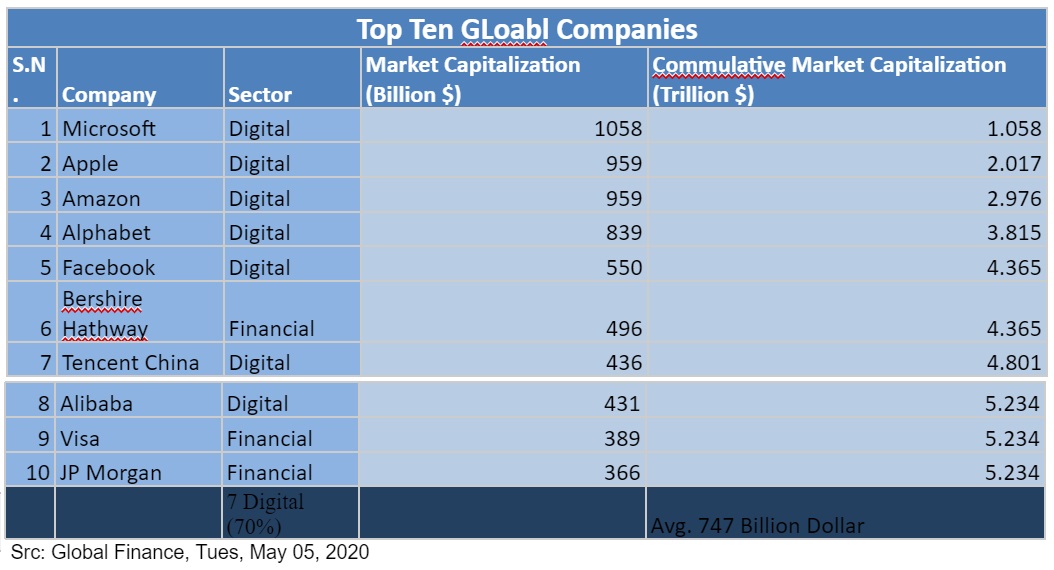enhancing national capacity and competitiveness to build Digital Economy
Contextual Brief

WTO Digital technologies and trade news archive
- WTO, WCO publication looks at how new technologies can assist cross-border trade
- DG Okonjo-Iweala highlights success of Nigeria’s Growth Platform in driving digital trade
- New joint publication highlights benefits of paperless trade
- Global Trade and Blockchain Forum 2021
- Blockchain forum looks at how to accelerate digitalization to facilitate trade
- New WTO publication looks at impact of digital technologies on developing countries
- World Trade Report 2020 explores increasing use of policies to foster digital innovation
- DDG Yi: Regulatory work needed to enhance trade impact of blockchain technologies
- New WTO publication analyses potential impact of Blockchain on international trade
- World Trade Report 2018 highlights transformative impact of digital technologies on trade

UNCTAD Digital Economy Report 2019
Digital Economy has two pillars- Data and Platform. NTC, NCell, ISPs all represent the data and NTA is the data regulatory agency. In Nepal, data penetration to population is more than 90% which represent the consumption part(consumption of digital goods and services or goods and services on digital channel) or demand part in the economy. Google, facebook, NamastePay, Nagrik App all represent the platform which represent the production(production of digital goods and services or goods and services on digital channel) or supply part in the economy. In US, domain penetration to population is 37% which is equivalant to more than 1 Cr of domain penetration to population in Nepal. But in Nepal, domain penetration is less than 0.5%. This shows a disbalance in consumption-production or demand-supply pattern and does not makes gainer from digital economy. In traditional economy landlockedness is a setback which can be compansated by digital economy in some extent as geographically it provides equal oppertunities to all contries.


